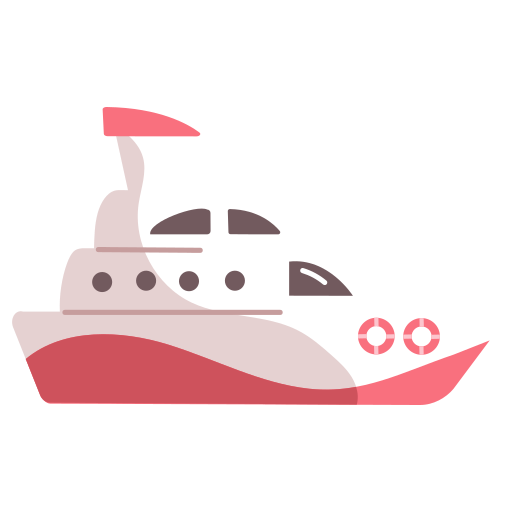Understanding the Blue Flag Standard for Eco-Friendly Yachts
The Blue Flag is an international eco-label awarded to marinas, beaches, and tourism boats that meet stringent environmental, educational, safety, and accessibility criteria. Established in 1987 by the Foundation for Environmental Education (FEE), the Blue Flag program has evolved to include eco-friendly standards for yachts, promoting sustainable boating practices. This initiative plays a crucial role in conserving marine environments and fostering responsible nautical tourism globally.
Criteria for Blue Flag Certification
For yachts to qualify for the Blue Flag certification, they must adhere to a comprehensive set of criteria. These standards are divided into three main categories: environmental management, safety, and education. Below is an overview of each category:
| Category | Criteria |
|---|---|
| Environmental Management |
|
| Safety |
|
| Education |
|
Benefits of Blue Flag Certification
Obtaining the Blue Flag certification can significantly enhance a yacht’s reputation and operational standards. The benefits include:
- Market Differentiation: The Blue Flag label serves as a recognizable mark of quality and environmental responsibility, attracting eco-conscious consumers.
- Increased Awareness: Owners and crew members become more aware of sustainable practices, leading to a reduction in ecological footprints.
- Regulatory Compliance: Many regions are increasingly adopting stringent environmental laws; being accredited with Blue Flag helps in maintaining compliance.
- Contribution to Conservation: Yachts participating in the Blue Flag program contribute to various marine conservation efforts, supporting local ecosystems and biodiversity.
Implementation Process
The journey to becoming a Blue Flag certified yacht involves several steps:
- Assessment: A thorough review of the yacht’s operations concerning environmental impact, safety measures, and educational efforts is conducted.
- Action Plan: If gaps are identified, an action plan is developed to address shortcomings and improve environmental management.
- Application: After fulfilling all criteria, the yacht can apply for Blue Flag certification through the national or regional Blue Flag program representatives.
- Evaluation: Upon application, an evaluation is carried out by a panel of experts to confirm the sustainability measures.
- Certification: If successful, the yacht receives the Blue Flag certification, which must be renewed annually by maintaining the required standards.
Real-World Examples
Many yachts and yacht operators around the world have embraced the Blue Flag standard, showcasing their commitment to sustainability. For instance, yacht charter companies in the Mediterranean, a region heavily reliant on marine tourism, have adopted eco-friendly technologies, such as solar power and advanced waste management systems, to meet Blue Flag criteria. These efforts not only improve their ecological footprint but also enhance the guest experience by promoting environmental stewardship.
Conclusion
The Blue Flag standard represents a significant step towards establishing sustainable practices within the yachting industry. By adhering to its rigorous criteria, yacht owners and operators can play a vital role in protecting marine environments while catering to the growing demand for eco-responsible tourism. The pursuit of the Blue Flag certification is more than just a badge of honor; it is a commitment to fostering a sustainable future for our oceans and waterways.
